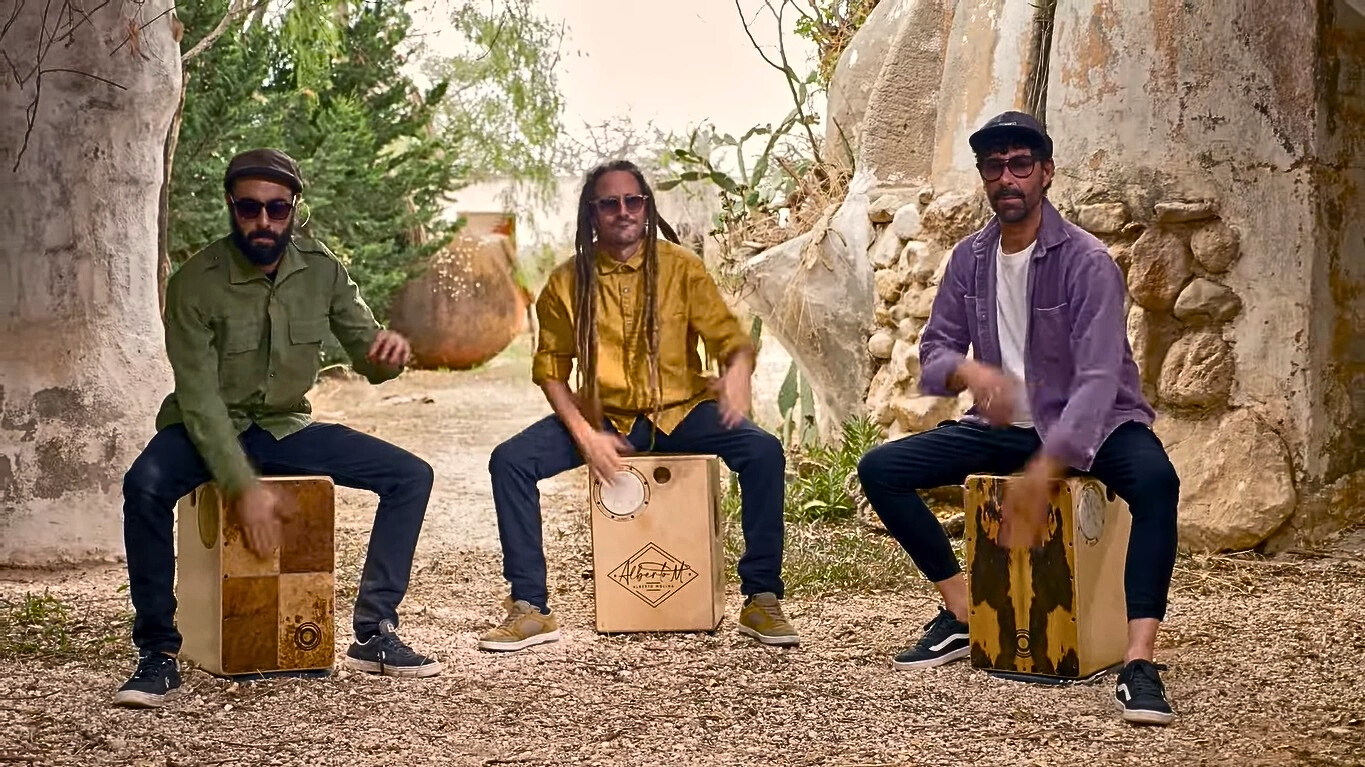

Flamenco is one of the most passionate and iconic musical genres of Spanish culture, especially in Andalusia. What makes flamenco so diverse and profound is the existence of palos, the different musical forms within flamenco that vary in rhythm, melody, meter, and theme. In this article on the +ÍON Percussion blog, we’ll explore what flamenco palos are, which are the main ones, and how they relate to each other.
What Are the Palos of Flamenco?
Palos are the various categories or styles within flamenco. Each one has its own character, rhythmic structure (meter), and tonality. Depending on their origin and style, some palos can be joyful and festive, while others are solemn and deep. Each palo has its own “aire,” a unique atmosphere that reflects emotions as varied as sadness, joy, pain, or happiness.
Flamenco is expressed through three main forms: cante (singing), toque (guitar), and baile (dance). Each palo has specific characteristics for each of these forms. There are more than 50 recognized palos, demonstrating the richness and complexity of this fascinating musical genre. However, some of these palos are more popular and recognized than others.
Classification of Palos
There are various ways to classify flamenco palos. One of the most common methods is to group them by their meter, that is, the rhythmic pattern they follow, or by their geographical origin. The two major groups of palos are:
Another way to classify them is by the emotional tone they convey:
Main Flamenco Palos
To better understand this Spanish genre and its artists, it’s essential to recognize the 10 best-known flamenco palos and their main characteristics. They are:
1. Soleá
Soleá is one of the most important and characteristic palos in flamenco. It has a twelve-beat meter and a solemn, profound mood, often expressing intense emotions like pain and anguish. Soleá is considered the “mother” of other styles, such as bulerías and alegrías.
2. Bulería
Bulerías are one of the most dynamic and fast-paced palos. They also use a twelve-beat meter, but with a much faster rhythm than soleá. This is a festive and lively palo, inviting dance and improvisation, and it’s common at flamenco gatherings. It is often performed at the end of performances, adding a joyful and explosive touch.
3. Alegrías
As the name suggests, alegrías are a bright and cheerful palo originating from Cádiz in southern Spain. With a twelve-beat meter, they stand out for their festive and radiant tone. They are usually associated with positive themes, such as love, the sea, or daily life, and are very popular in flamenco singing and dancing.
4. Tientos
Tientos are a slower palo with a four-beat meter, creating a sense of solemnity and sadness. They are often performed with melancholic lyrics that express heartbreak or sorrow. They can transform into flamenco tangos when the rhythm accelerates, making them a unique palo filled with nuances.
5. Tangos
Flamenco tangos, not to be confused with Argentine tango, are one of the oldest palos in flamenco and have a binary (four-beat) meter. They are characterized by a marked, vibrant rhythm, making them a frequent choice at flamenco parties. Tangos are generally cheerful, though they can sometimes have a melancholic air.
6. Fandango
Fandango is another popular palo, found in different regional variations, such as the fandango of Huelva or the fandango malagueño. It is one of the oldest palos, and while its rhythmic structure is freer compared to other palos, it usually has a festive, lively feel.
7. Seguiriya
Seguiriya is an extremely solemn and profound palo, considered one of the most tragic in flamenco. It has a twelve-beat meter with a particular accentuation that gives it a dramatic character. Lyrics often speak of painful themes like death, suffering, and loss.
8. Martinete
Martinete is an a cappella palo, meaning it is sung without musical accompaniment, making it unique in flamenco. It has a solemn air, and its lyrics are often related to the lives of blacksmiths and factories, as its rhythm is inspired by the sound of hammer blows on metal.
9. Farruca
Originating from northern Spain, the farruca is a solemn and masculine palo, associated with a more serious and contained type of dance. It has a binary meter and is often linked to intense and elegant interpretations, notable for its strength.
10. Guajira
Guajira is a palo with Cuban influences, a product of the relationship between Andalusia and Latin America. It has a twelve-beat meter and a cheerful mood, with lyrics that evoke Cuban landscapes and cultural elements, such as tobacco plantations and rural life.
The Interrelationship Between Flamenco Palos
One of the most fascinating aspects of flamenco is how its palos interrelate. Some palos are variations or evolutions of others, reflecting flamenco’s adaptability and fusion potential. For example, bulerías are a faster evolution of soleá, while tientos can transform into tangos within the same performance.
Additionally, some palos can vary depending on the region of Spain. Thus, we find fandangos from different areas of Andalusia or alegrías from Cádiz in contrast to those from Córdoba. This diversity of regional styles and variations within a single palo demonstrates flamenco’s great versatility and flexibility.
At +ÍON Percussion, we love the world of flamenco, which is immensely diverse, and the palos are the key to understanding its richness and complexity. Each palo has its own character, rhythm, and meter, allowing flamenco to express a wide range of human emotions and life situations. From the depth and solemnity of the seguiriya to the festive energy of the bulerías, each palo brings something unique to the flamenco universe. For fans and newcomers to this art, learning about the palos is the first step in fully appreciating the magic of flamenco.
Now that you know about flamenco palos, you might want to try playing one of the emblematic instruments of this genre, such as the flamenco cajon. At +ÍON Percussion, we’ve taken the capabilities of the cajon to another level by incorporating interchangeable drum heads on the sides, functioning as independent drums. This feature increases the possibilities of creating rhythms and adapting to different palos. You can check out our cajón models with ions and place your order on our online store.
Long live music and flamenco!
We use cookies to ensure that we give you the best experience on our website. If you continue to use this site we will assume that you are happy with it.
Recent Comments